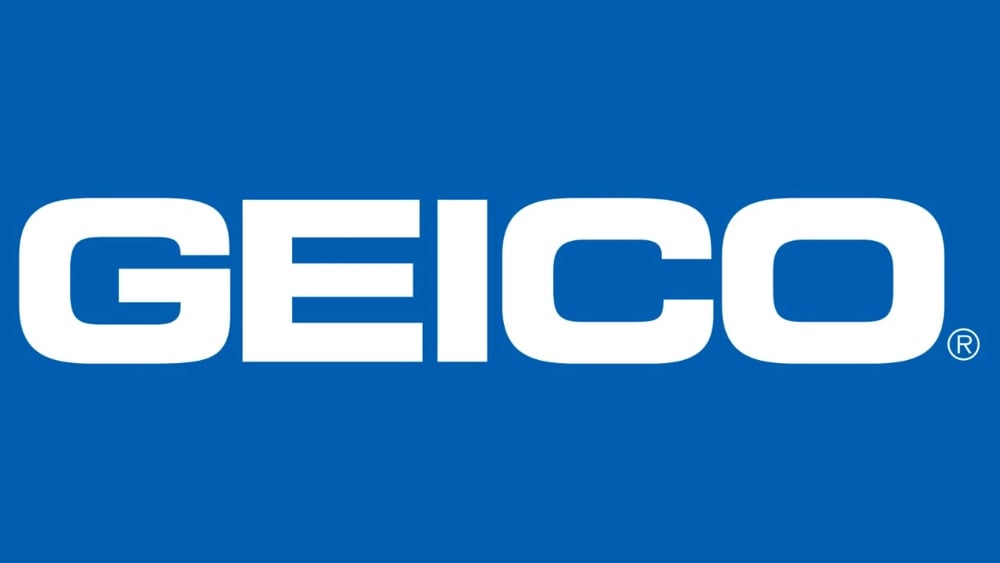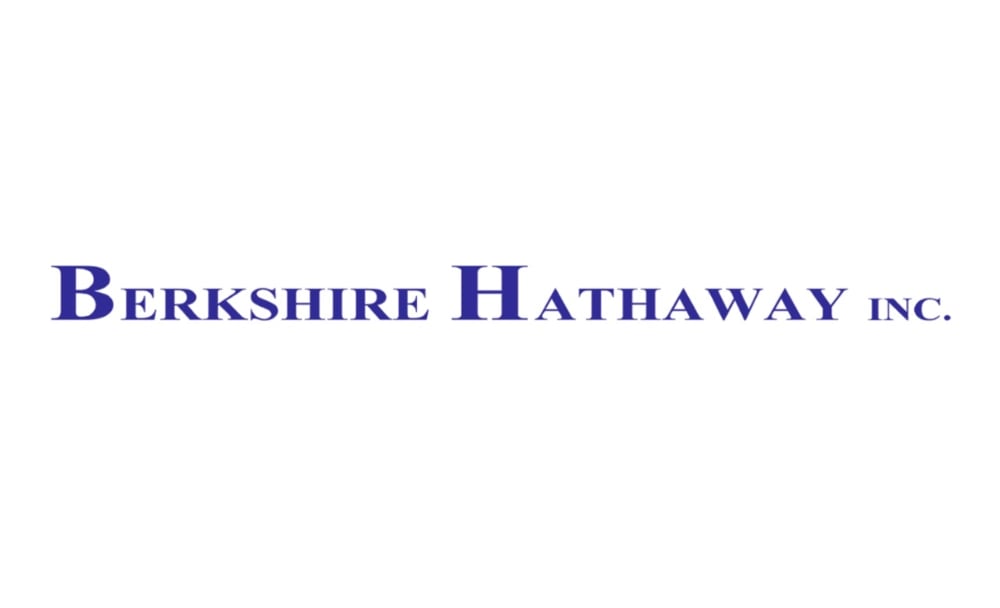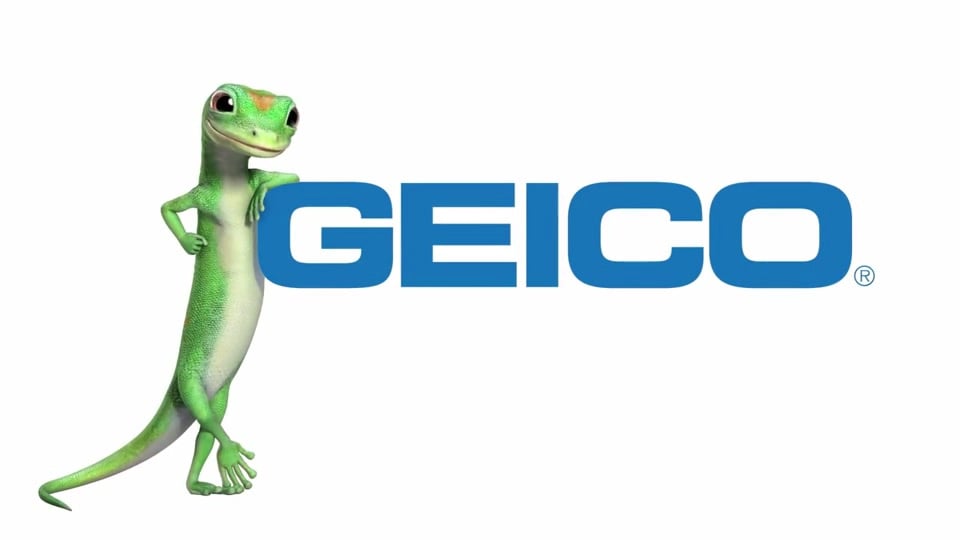

In mid-2024, Berkshire Hathaway $BRK-A announced significant changes within its auto insurance subsidiary, Geico. As part of a strategic restructuring plan, the company has made dramatic moves to reduce staff numbers at the insurer. These measures are aimed at boosting efficiency and restoring Geico's standing, which has fallen behind its competitors in the industry.
Ajit Jain, Vice Chairman of Insurance Operations at Berkshire Hathaway, revealed that Geico's workforce has been reduced from 50,000 to 20,000 employees. While specific timelines for these layoffs were not disclosed, the changes indicate a thorough reorganization within the company.
The primary motivation for these reductions is to regain leadership in the auto insurance sector and improve underwriting performance. A significant portion of Berkshire Hathaway's insurance business comes from Geico, making the enhancement of its competitiveness a top priority.

Geico showed a positive trend in the first quarter of 2025, reporting underwriting income before taxes of $2.2 billion, which represents a 13% increase compared to the same period in 2024.
This growth has been accompanied by an expansion in its customer base and is somewhat related to the loss of market share to competitors. Geico's recovery began in the latter half of 2024 and continues to strengthen.
Key Factors Influencing Performance Improvement
Optimization of workforce and reevaluation of operational processes;
Enhancement of marketing campaigns and acquisition of new clients;
Adoption of modern digital technologies in claims assessment and settlement;
Strategic risk management to increase underwriting profitability.

Attention to detail and a shift in management focus have been essential to the successful restructuring. The following measures highlight the steps taken:
Reducing excess administrative staff to lower operational costs;
Focusing on improving customer service and satisfaction;
Emphasizing innovative insurance methods and employing big data analytics;
Strengthening positions in regional markets characterized by heightened competition.
The extensive workforce reductions at Geico reflect current global trends, with companies striving to enhance efficiency and adapt to changing market dynamics. This move signals the importance of optimization and a focus on sustainable long-term growth.
Experts note that these changes may allow Geico to improve its financial results and regain customer trust, which could, in turn, set new standards within the auto insurance industry.
It'll be interesting to see if these changes help Geico regain its competitive edge.
Tough cuts at Geico show Berkshire’s commitment to staying competitive in a changing market.